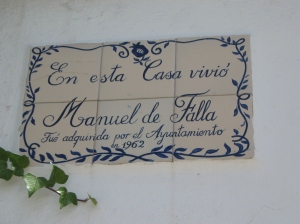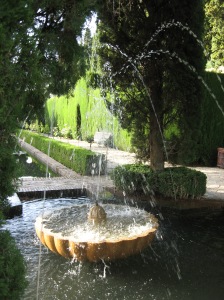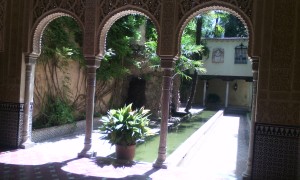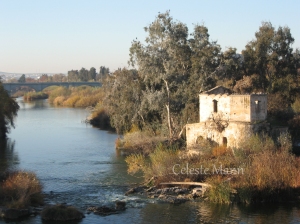It was dark outside. By 5:00 pm in December the sun has set in New York City. Walking out of the subway at 155th Street, I was worried that I would get lost. The map on the wall in the station was of no help since the Hispanic Society wasn’t even listed. The one and only time I had been in this neighborhood was back in the late 1990s, visiting the Hispanic Society to look up zarzuela scores and libretti.
As soon as I reached the corner, my heart leapt as I spotted an image of the Goya’s Duchess of Alba on a sign. To my right, ahead, across the big avenue, I recognized the looming campus. There is something about the design of this Beaux Arts building, along the Audobon Terrace–the walkway, the iron bars, that is so reminiscent of Europe, so Madrid.

By Asaavedra32 (Own work) [CC BY-SA 3.0 (http://creativecommons.org/licenses/by-sa/3.0) or GFDL (http://www.gnu.org/copyleft/fdl.html)%5D, via Wikimedia Commons
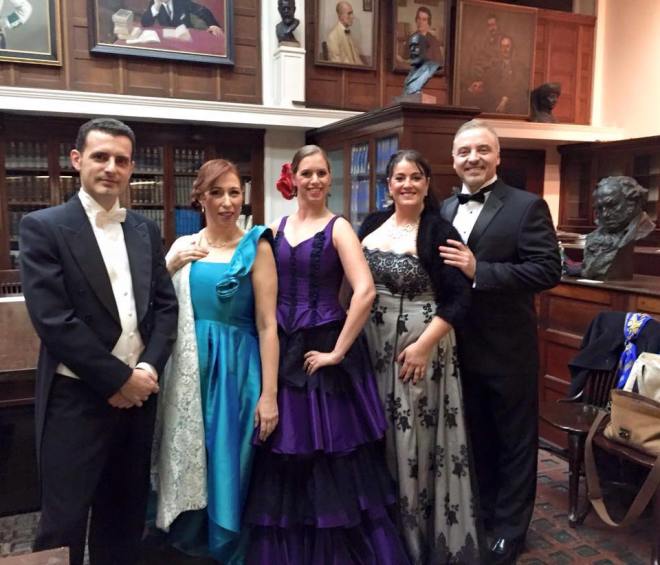
This was indeed a grand night of music, a unique retrospective of Granados’ pieces. Many of them were performed in their original versions for the first time in New York City at this concert. Aside from the passionate performances, what made this event different and special, was its venue. The exterior of the building is majestic. Inside it houses some of the most cherished Spanish artwork outside of Spain, as well as an archive of literature and music.
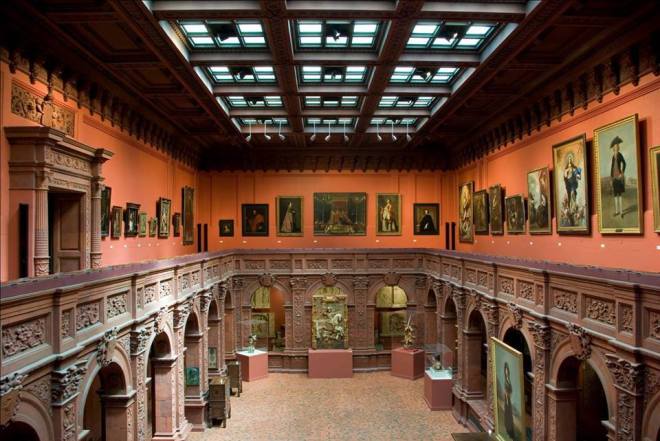
The performance took place in the interior courtyard. “Orchestra” seats were on the ground level and filled up fast. I arrived 20 minutes early and was seated near the back. The guest list was five or more pages of typed names and I wondered where they would put everyone if many of them showed up. Once the first floor was full, guests were directed to the second floor, the “balcony,” where they had a view of the entire floor below of both performers and audience.
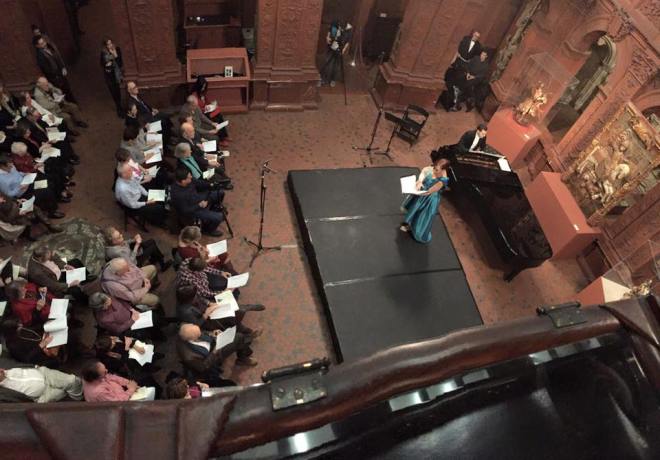
On both floors we were surrounded by priceless works of art and entranced by the Spanish atmosphere. The art, the architecture, and the music, combined to make this a fascinating and singular event. Even the reception included Spanish wines, a Rioja and a white. Our senses were stimulated and satisfied a la española. Did I mention all this was FREE?
For more details about the concert please visit Anna Tonna’s blog, Spanish Song Slinger: https://spanishsongslinger.wordpress.com/


